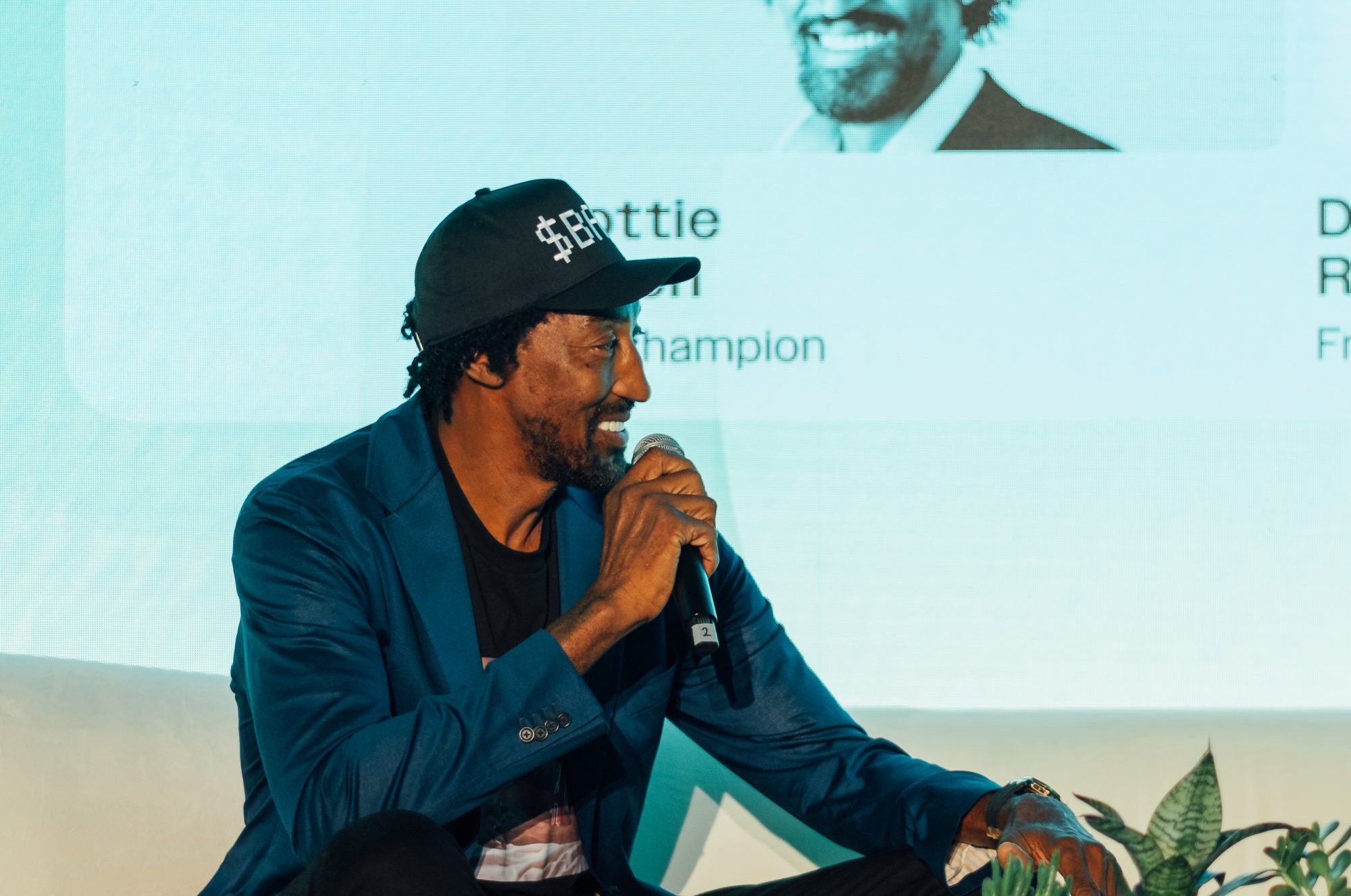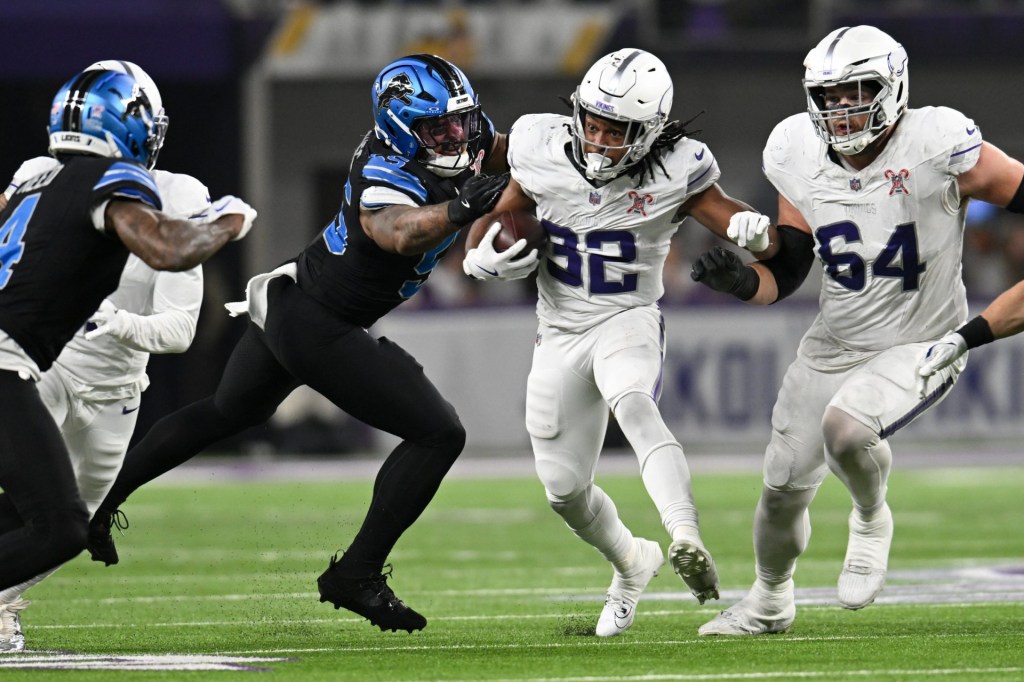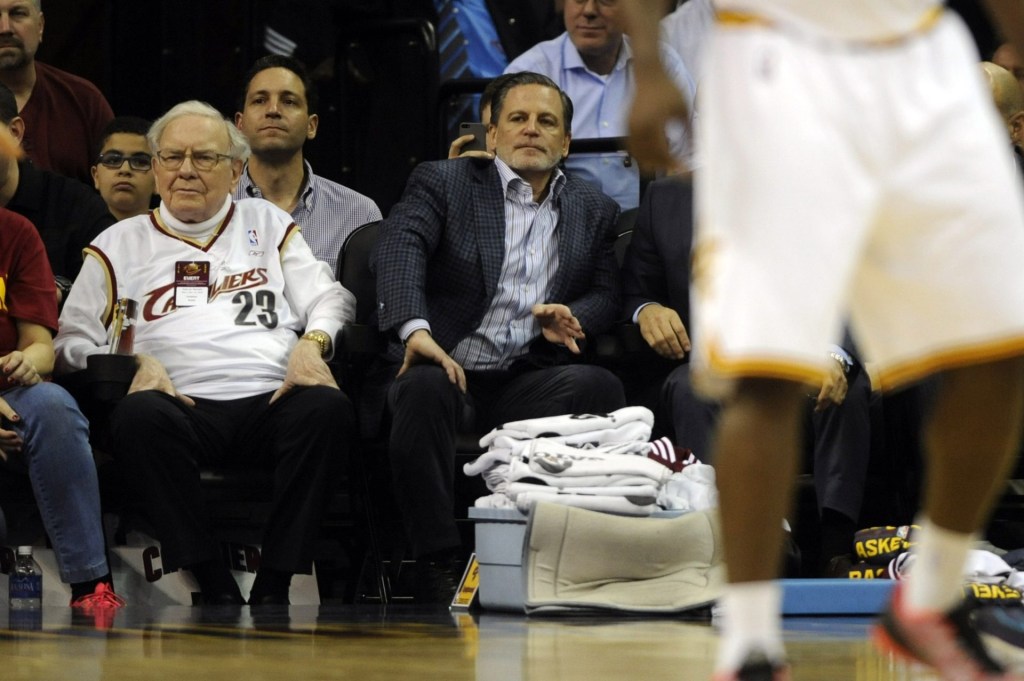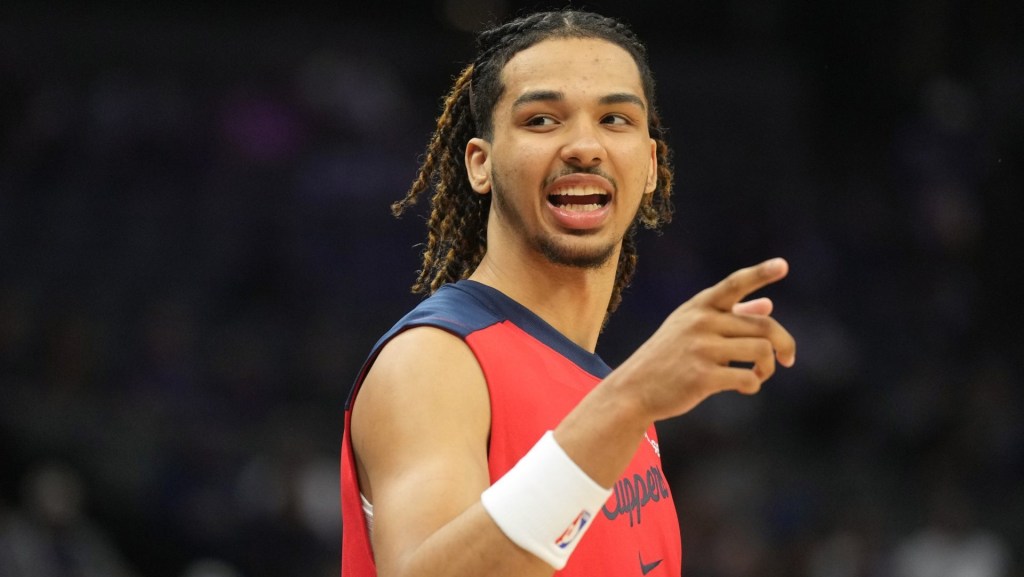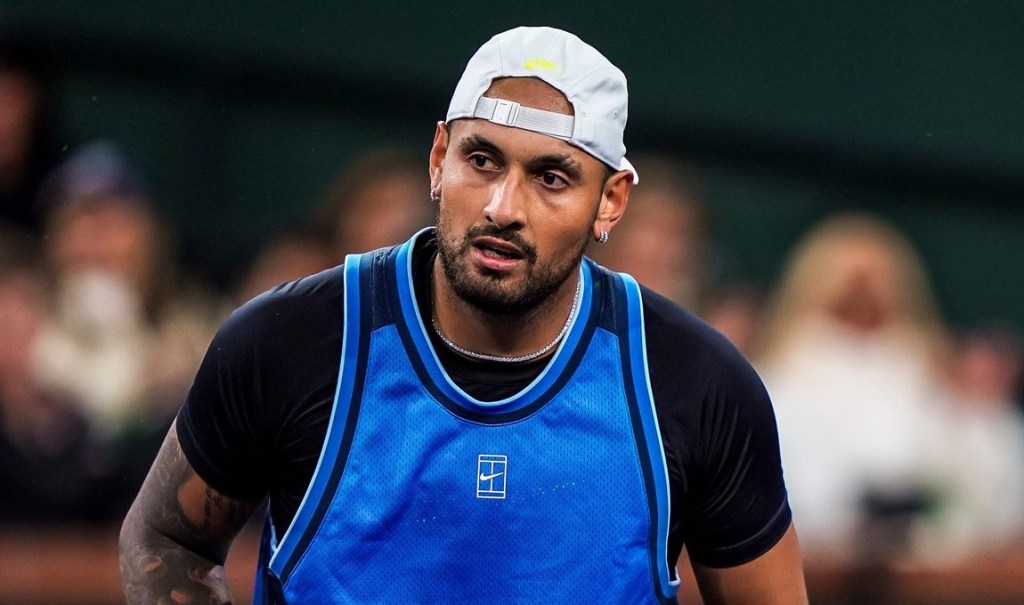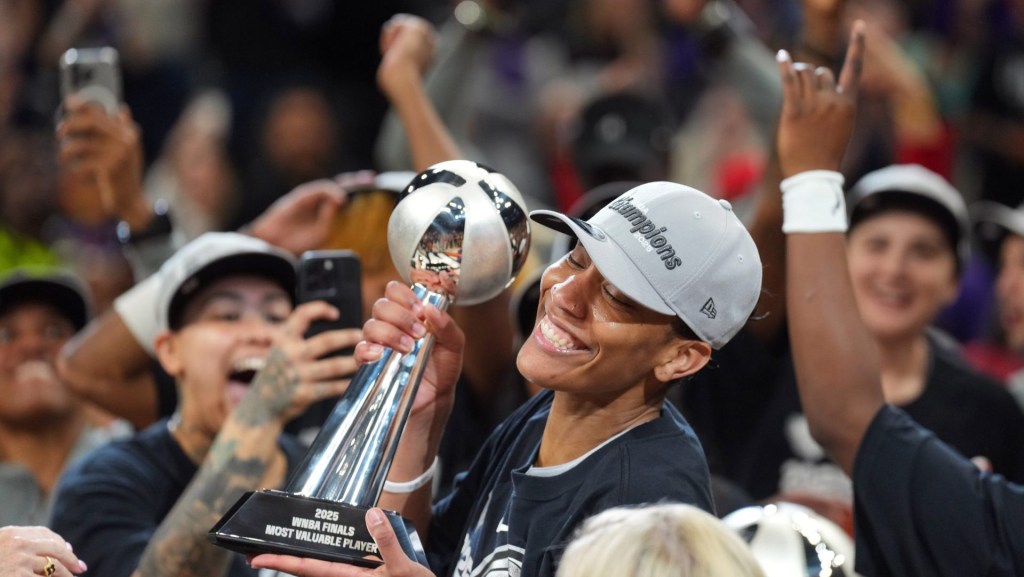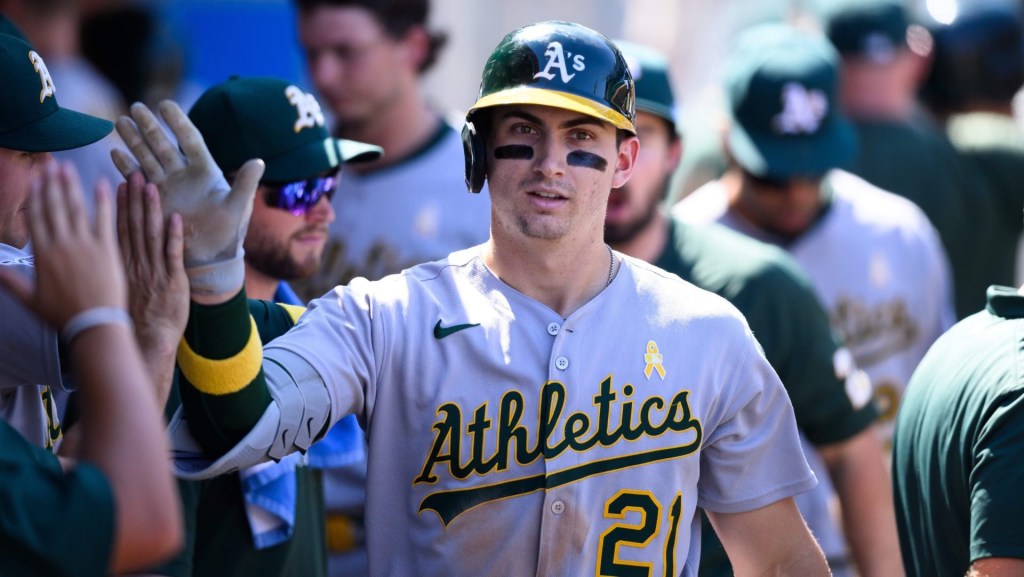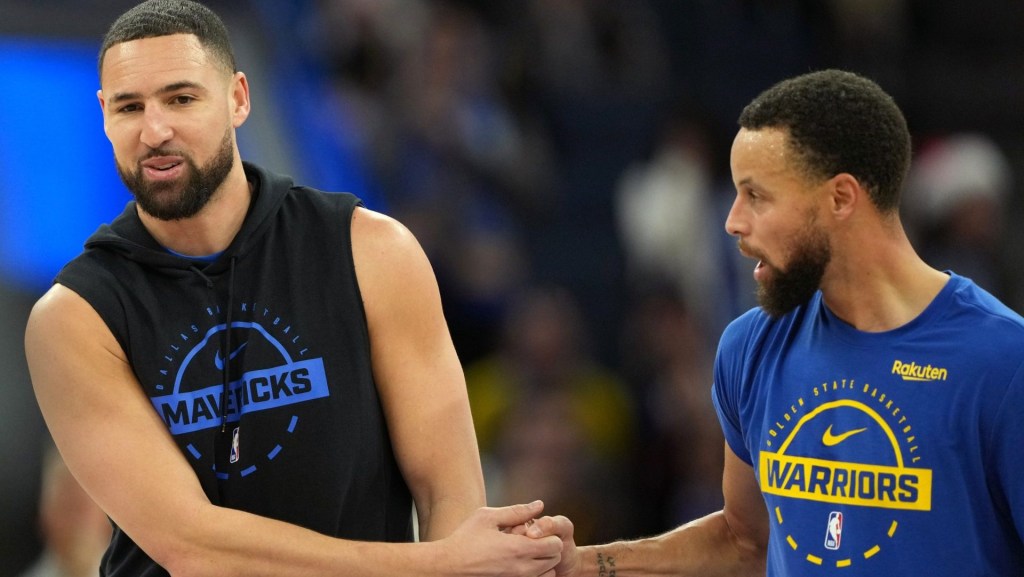When the final buzzer blew at the end of Game 5 of the 1991 NBA Finals, marking the beginning of a Chicago Bulls dynasty that would claim six championships, Scottie Pippen was holding the game ball. He’s held on to that ball for 33 years—often literally, often in his bed while sleeping, he says.
Now Pippen, who has famously and justifiably nursed a grudge about being underpaid during the Bulls dynasty, is ready to cash in on the ball. But not by selling it.
Instead, he’s selling crypto tokens tied (abstractly) to the ball, and soon, a “digital twin” NFT (remember those?) of the ball. He also says he’s working with a production team to make a streaming documentary about the 1991 Bulls, the ball, and its history.
Pippen and his social media team first launched the Game 5 Ball cryptocurrency ($BALL) on the Ethereum blockchain in August in an effort to “tokenize” the physical ball. Despite backlash when blockchain sleuth @ZachXBT noticed the developer wallet that created the token contract dumped about $330,000 worth of the supply almost immediately after launch, $BALL is up 86% since Aug. 1 with a market cap of $1.4 million.
Pippen’s team is marketing this as a “real-world asset” project. RWAs are a burgeoning category in crypto where the aim is to log ownership of everything from real estate to cars to a basketball on a blockchain to make them more liquid and transparent.
But Pippen’s basketball is not yet “pegged” to the token, which means, for now, $BALL is basically just a meme coin. Pippen fans, sports fans, and anyone else in the community can buy the token in the hopes the price will go up, but there is no physical asset behind it.
If that sounds baffling, don’t look at a crypto market chart right now, where dog-themed meme coins Dogecoin and Shiba Inu have market caps of $20.8 billion and $10.6 billion, respectively. Dozens of Joe Biden– and Donald Trump–themed meme coins flooded crypto markets in the past year, and many surged in price based on the perceived pro- or anti-crypto stance of both.
Pippen is merely the latest in a long line of active and retired pro athletes to launch or promote token projects, including Floyd Mayweather, Caitlyn Jenner, Kayvon Thibodeaux, Rob Gronkowski, Spencer Dinwiddie, and even Pippen’s teammate Michael Jordan, who did an NFT series around his six rings. Then there are the athletes who promoted Bahamian crypto exchange FTX (whose founder Sam Bankman-Fried is now serving a 25-year prison sentence) and ended up named in a class action lawsuit, including Serena Williams, Steph Curry, Shaq, Shohei Ohtani, Naomi Osaka, and Tom Brady.
But Pippen might be the first to market his crypto play as an RWA project.
The next steps in the process of making the ball an RWA are to authenticate it with a reputable memorabilia service; then mint an NFT version (Pippen’s team plans to do that on the Bitcoin network through Ordinals or Stacks, according to the project’s white paper) to “enable fractional ownership and allow for interactive experiences within a Web3 game”; and then put the ball in “secure lockdown.”
That means Pippen will have to give it up.
“I’ve kept it for 33 years secure, believe me, I can keep it for a few more days,” Pippen quipped onstage Tuesday at the Real-World Asset Summit in New York, his first crypto conference appearance to promote the project. “But we are looking to put it in a secure place, probably with Brink’s, and make sure that everyone knows who invests that it is secure.”
Down the road, Pippen and his team have even higher hopes for $BALL to become a payment method in the sports industry.
But even if none of these grand plans materialize, the price of $BALL could keep rising for no good reason; in the era of the meme economy, both crypto assets and stocks can rise if a group of people on the internet drive them up.
“This ball is about history,” Pippen said in his pitch to the crypto crowd. “It’s about the legacy of the Chicago Bulls. It’s about the dying of a dynasty of the Los Angeles Lakers, who we then knew as ‘Showtime.’ It’s Michael Jordan’s first championship. It’s the franchise’s first championship.”
It’s also about Pippen making some money. Though he did eventually get paid at the tail end of his Hall of Fame career, signing a four-year, $66 million deal with the Trail Blazers in 1999, he got hosed during the Bulls dynasty, paid more like a fringe bench player than the integral part he was. He never earned more than $3.4 million in a season with the Bulls; in the 1997–98 season, a whopping 121 NBA players (including five Bulls) made more than he did.

He didn’t gain financially from the viral 2020 Netflix docuseries The Last Dance, either. “I felt like the documentary was great,” he says. “I didn’t have anything to do with it, which I was a little disappointed in, but I felt like it was a great documentary. It won some awards. Now I’m looking to do my own thing with the ball.”
Whether $BALL is ever taken seriously by the crypto community is a very big if. But Pippen sees an opening with sports fans. The NBA legend theorizes that crypto and sports are foreign worlds to each other, despite the onslaught of crypto ads and sponsorships in sports over the past few years.
“I think the people in the crypto world really don’t understand sports,” Pippen says. “So I’m trying to make that connection with crypto and sports, and bring the value. I want this ball to be the highest piece of sports memorabilia. I want to build that value up and I want to build it up through the crypto community.”
